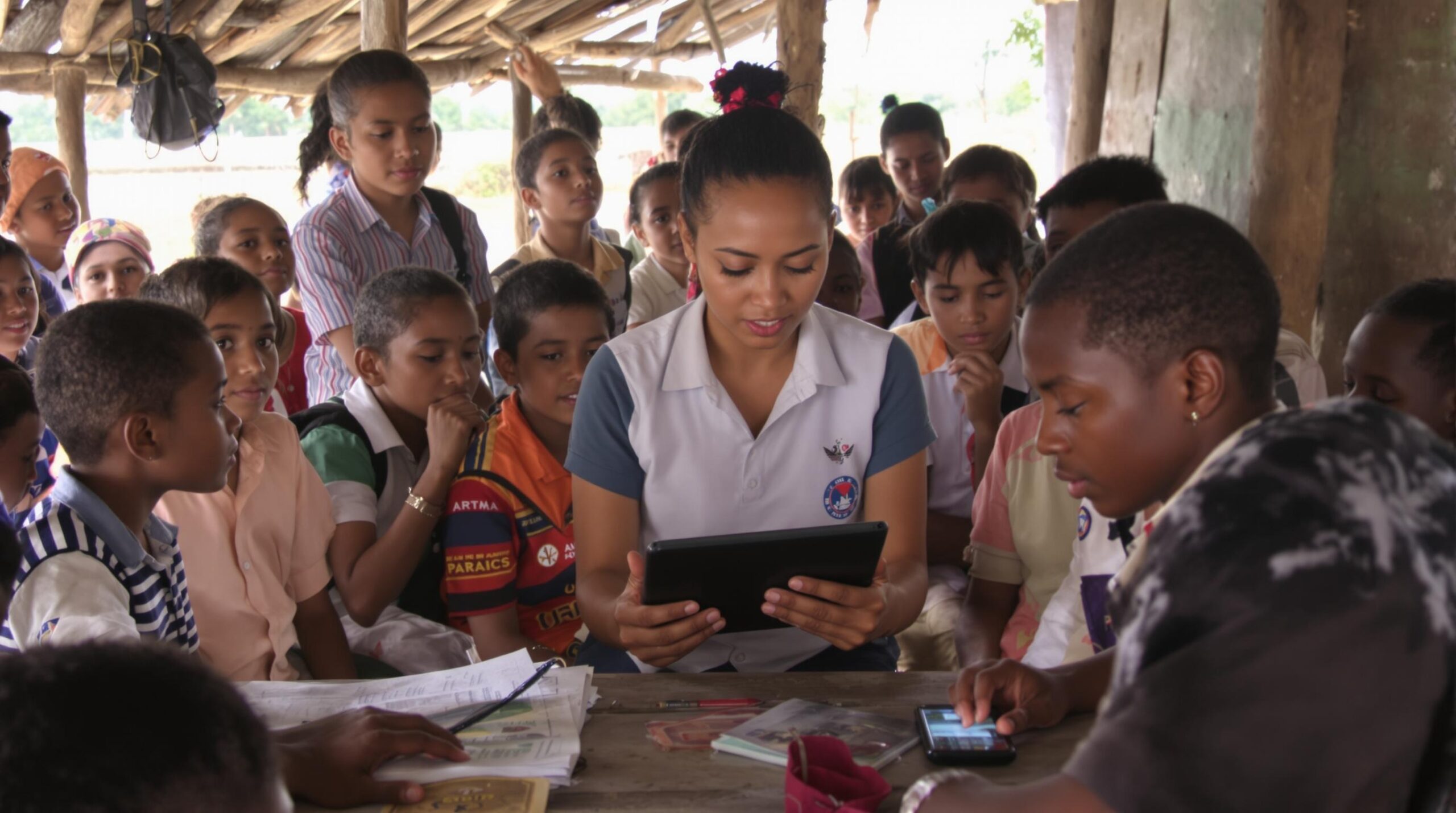Artificial Intelligence (AI) has begun to reshape educational experiences across the globe. Its impact is especially notable in rural communities. Villages and small towns are increasingly recognizing the opportunities AI presents for transforming rural education. As the digital age progresses, AI is bridging stubborn gaps in access, quality, and equity for rural learners.
Expanding Access to Quality Education
For decades, rural areas have struggled with inadequate educational infrastructure. Many villages lack skilled teachers or access to contemporary learning resources. AI-powered platforms allow students to tap into diverse learning materials from anywhere with an internet connection. Virtual classrooms and AI tutors help compensate for teacher shortages, ensuring students do not miss critical concepts.
Smart learning systems personalize instruction, catering to individual student needs. Rural students can now practice and master subjects at their own pace. With adaptive algorithms, AI identifies learning gaps and offers targeted content for improvement. This tailored approach raises the standard of education and engagement across sparsely populated regions.
Overcoming Geographic Barriers
Distance has historically isolated rural students from educational institutions and programs. AI-driven solutions, combined with expanding broadband connectivity, eliminate these barriers. Students in remote locations can participate in online classes, join global discussions, and work collaboratively with peers worldwide. Advanced translation tools powered by AI break down language obstacles, too.
Teachers in far-flung communities also benefit. AI makes professional development and networking accessible, connecting rural educators with mentors and specialists. Peer-to-peer support, facilitated by AI, builds strong knowledge-sharing communities that extend well beyond local boundaries.
Enhancing Classroom and Administrative Efficiency
Administrative work often consumes much of a rural teacher’s time. Many tasks, like grading or attendance, can be repetitive and overwhelming. AI-powered tools automate these duties, allowing teachers to focus on instruction and student engagement. This efficiency unlocks more meaningful classroom interactions, improving learning outcomes.
Educational authorities use AI analytics to make informed decisions about resource allocation. AI helps identify trends in student performance, absenteeism, and resource shortages. Data-driven insights guide investments where they are needed most, maximizing the impact of limited rural budgets.
Addressing Equity in Rural Education
Equity remains a significant concern for rural school systems worldwide. AI supports more inclusive education by adapting to different learning styles and abilities. Students who need extra assistance receive timely intervention through AI monitoring of progress and engagement. Those who excel gain access to advanced materials, keeping them challenged and motivated.
For children with disabilities in rural settings, AI-powered assistive technology is transformative. Voice-to-text, text-to-speech, and visual aids make learning accessible to all. These technologies help level the playing field, giving every rural child a fair chance at academic success.
Challenges Facing AI Adoption in Rural Areas
Despite its promise, AI implementation in rural education systems faces challenges. Limited infrastructure remains the biggest obstacle. Rural schools often lack reliable electricity or stable internet connections, making sustained digital learning difficult. The high cost of devices and software can put AI out of reach for remote communities.
Technology literacy among teachers and students is another hurdle. Rural educators may need additional training to use AI tools effectively. Developing local language content and adapting AI models to cultural contexts takes time and resources. Policymakers and organizations must prioritize investment and training to maximize AI’s rural potential.
Real-World Examples of AI Impact
India’s “Project Karya” uses AI-powered voice platforms to teach English and digital skills to rural learners via mobile phones. China has deployed AI-based tutoring robots in rural schools to provide consistent support in subjects like mathematics. In Africa, organizations like M-Shule have brought adaptive AI learning to low-resource schools using basic mobile phones.
These successes highlight how AI, when adapted to local realities, can deliver transformative outcomes. Even marginal improvements in literacy and numeracy can drive community development and economic growth for rural populations. As global awareness increases, more nations are piloting AI initiatives in their remote districts.
Preparing Rural Students for the Future Workforce
Today’s global economy demands digital literacy and problem-solving skills. AI helps rural students build competencies essential for modern careers. Interactive lessons introduce coding, critical thinking, and analytical reasoning to young learners, preparing them for jobs that did not exist one generation ago.
Career counseling powered by AI points rural students toward suitable educational pathways and job prospects. These tools consider student interests, abilities, and emerging industry trends. By aligning learning with market needs, AI helps rural youth envision exciting futures and fuels ambition beyond traditional occupations.
Ethical Considerations and Community Involvement
As AI expands in education, ethical questions warrant careful attention. Data privacy is critical, especially for vulnerable rural children and families. Systems must have transparent safeguards to build trust with communities and parents. Incorporating feedback from rural stakeholders ensures AI tools fit local cultures and values.
Community involvement is essential for AI integration success. Local leaders, teachers, and parents should have a say in technology selection and implementation. This participatory approach produces tools that address specific community challenges while respecting traditions and customs unique to each region.
The Road Ahead
The power of AI to reinvent rural education is vast, but the journey has only just begun. Ongoing investments in infrastructure, teacher training, and affordable technology will determine long-term success. Collaboration between governments, industry, and non-profits remains crucial for scaling best practices and sharing lessons learned.
With continued innovation, rural students can access quality learning and inspiration on par with their urban peers. The next generation stands to benefit immensely as AI continues to break down barriers, shape opportunity, and drive inclusive progress across rural education systems worldwide.


